ArtReview editors on what to look forward to in this month’s shows, screenings, videogames and books (and if all else fails, reboot your creativity with a stack of ‘Marina Abramović Method’ cards)

Made in X
Kunsthal Extra City, Antwerp, 4 February – 29 May
While many western artists and curators wring their hands over decolonising art, its institutions and collections, those debates have, perhaps inadvertently, turned attention away from the bigger, still-unequal extractive relationships between the rich industrial north and the poor, raw-materials-producing south. Giving old colonial-era artefacts back to the global south has a hollow ring when you’re still consuming commodities produced by postcolonial dollar-a-day labour. So Kunsthal Extra City’s timely exhibition brings together artists from both north and south – including the DRC’s plantation workers-turned-sculptors CATPC and Sammy Baloji, India’s Raqs Media Collective and UK-based Yelena Popova – to tell tales about these basic materials, and their circulation, on which our our consumption and lifestyles rely – copper, iron, cocoa, oil, gold and uranium (not forgetting verbena leaves, of course). Art might be indivisible from prosperity and leisure, so art that connects that consumption back to the sources of the wealth that enables it (and us) reminds us of the ethics – and politics – of our relative places in the global value-chain. J.J. Charlesworth
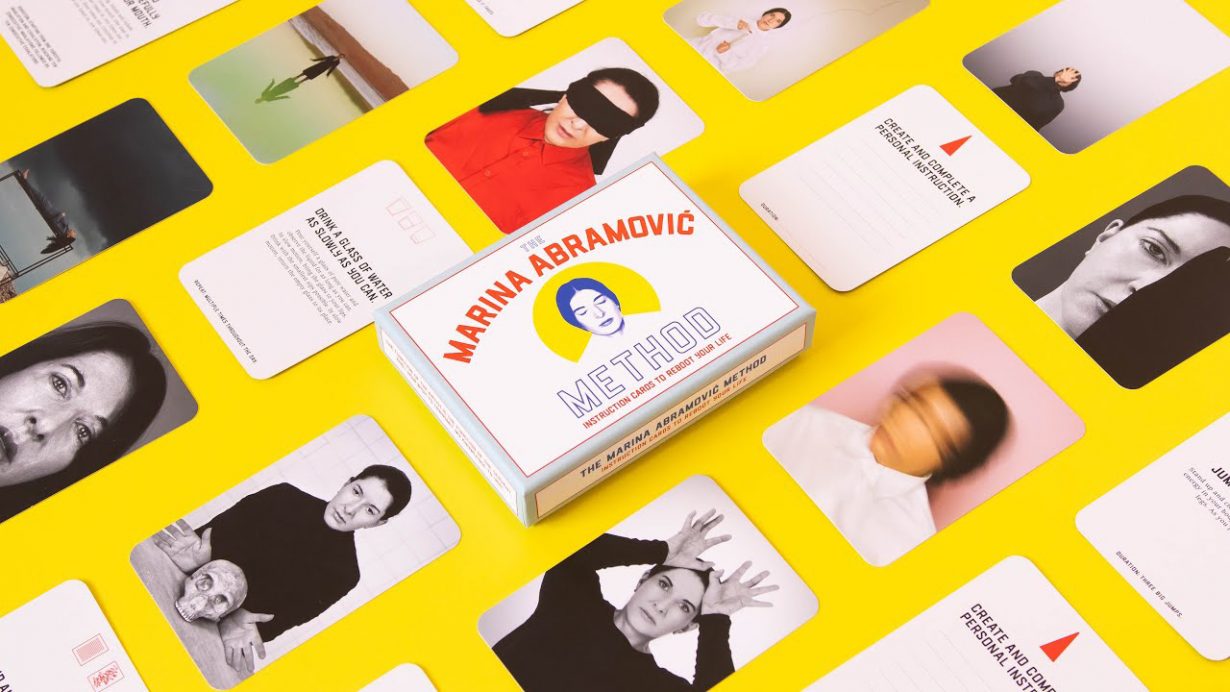
The Marina Abramović Method: Instruction Cards to Reboot Your Life
Laurence King Publishing, released 17 February 2022
If you’ve had a tough couple of years during pandemics and lockdowns, you might be finding your creativity at low ebb. But with an internet awash with online meditation apps, life-hack gurus and those weird ASMR videos about stroking towels, it’s hard to know where to turn to rediscover your centredness and de-negativise your positivity. Search no further, however, since art-star Marina Abramović – the visionary who movingly sat still in a gallery for 750 straight hours while staring at the audience – will tell you what to do. The great teacher has released her ‘method’, distilling her approach to generating optimum creativity into a pack of instructional cards, which, when randomly selected when you’re in a funk, guide you to actions such as ‘drink a glass of water as slowly as you can’, ‘count each grain of rice and lentil’ and, crucially, ‘step on the ground first thing in the morning’. ‘Have your partner aim a loaded bow and arrow at your heart’ didn’t make the cut, apparently. J.J. Charlesworth
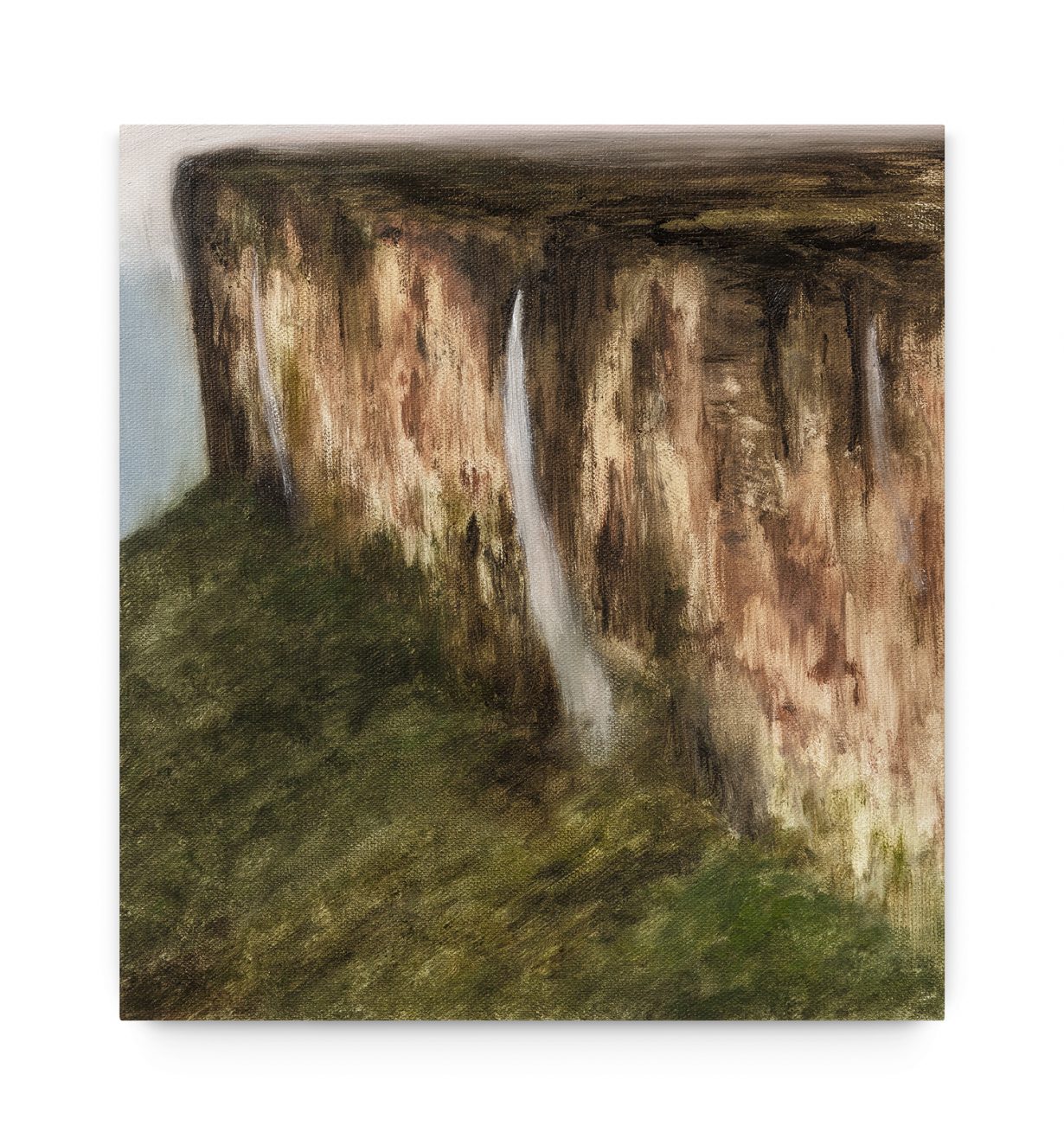
Gabriel Giucci: CHURASCO
Galeria Leme, São Paulo, 19 February – 26 March
If Gerhard Richter in his figurative moments swapped the hazy grey of Germany for the sun and colour of Rio de Janeiro, the results might look something like Gabriel Giucci’s work. The Brazilian artist will show over 60 of his diminutive (so this is where the Brazilian artist departs from the German) paintings, in which he depicts the landscape, animals and monuments of his home country, alongside portraits of politicians and scenes culled from recent press photography. Yet despite the bright palette there’s Richterian melancholia to the paintings, perhaps understandable given they’re intended as a state-of-the-nation portrait: Brazil’s beaches are shown lifeless and empty; the rivers wide and depopulated. There is a painting of a political advisor who has been mired in a corruption scandal, sat slumped and dejected under house arrest; another showing the Brazilian flag, its motto ‘Ordem e Progresso’ replaced by the Portuguese word for barbecue, misspelt. Oliver Basciano
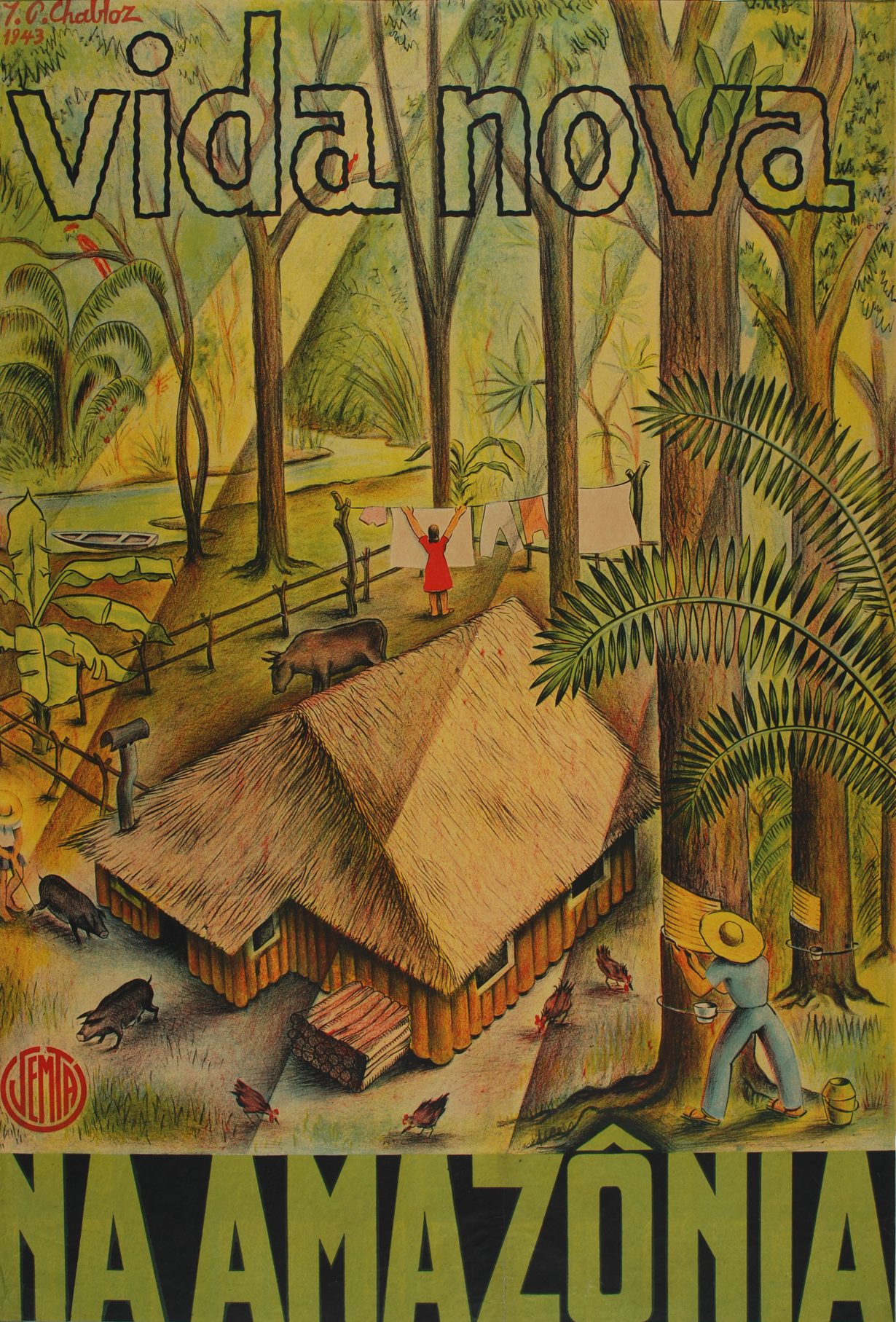
Centenary of Semana de Arte Moderna
Various venues, São Paulo
For one week in February 1922 the municipal theatre in São Paulo saw an explosion of avant-garde activity: the Semana de Arte Moderna was designed by a group of artists, writers, architects and composers as a rebuke to the conservative cultural establishment. The festival has now gone down in history as when Brazilian Modernism became the dominant force in the country. Marking the centenary of this radical moment is a host of exhibitions and events across the city’s institutions, not least at the theatre itself which will present all nine suites of Heitor Villa-Lobos’s Bachianas Brasileiras (1930-1945), in which the composer fused Brazilian folk tradition with the European classical tradition on an equal footing. Pinacoteca will stage an exhibition of modernist work from its collection, the centrepiece being Emiliano Di Cavalcanti’s strange, haunting Amigos (1921), a painting which debuted at the original festival, an example in its simple composition of how the artist sought to shrug off European influences. Di Cavalcanti was based in Rio de Janeiro, which alongside São Paulo, was Brazil’s avant-garde powerhouse. At SESC 24 de Maio, a group of curators from elsewhere in the country have come together to stage Raio-que-o-parta: Modern Fictions in Brazil: a huge, sprawling exhibition of work – rarely seen beyond local institutions – that demonstrates how the modernist revolution arrived in different states, from Rio Grande do Sul to the Amazon, at different times, in different guises. Oliver Basciano

Chim↑Pom: Happy Spring
Mori Art Museum, Tokyo, 18 February – 29 May
If February is looking a little dreary for you, Chim↑Pom will sort that right out. The Japanese collective’s first retrospective, titled Happy Spring, will bring together a mixture of past major works – ones that humorously tackle themes ranging across ‘cities and consumerism to gluttony and poverty, Japanese society, the atomic bomb, earthquakes, images of stardom, the mass media, borders, and the nature of publicness’ within the context of modern Japanese culture. Alongside works like Gold Experience (2012), a giant trash bag that pokes fun at the concept of public acceptability, and Don’t Follow the Wind (2015-) an inaccessible ‘exhibition’ in the Fukushima exclusion zone, Happy Spring will show new site-specific projects including a children’s nursery that addresses childcare issues faced by Chim↑Pom’s generation. All of which is arranged by theme (rather than chronologically) and presented via an exhibition design ‘rich in creative ingenuity’ that hints at ‘shedding new light on the ever-surprising world of Chim↑Pom.’ Fi Churchman

Andrew Doig, This Mortal Coil: A History of Death
Bloomsbury, published 3 February 2022
Ever wondered how or when you might kick the bucket? It might not be the central preoccupation of Andrew Doig’s new book, but This Mortal Coil – the very one that Shakespeare’s Hamlet considers shuffling off – looks at the ways in which causes of death have altered over time, from environmental triggers (plagues and famine) to genetics (heart disease and stroke), who suffers from them and what these reveal about how our ancestors lived and died. On the bright side, Doig also tracks the various ways in which diseases have been controlled (the discovery of vitamin C, and the setting up of the 1592 Bills of Mortality during the second plague in London, for example), the impact of social healthcare and the development of medical knowledge. Fi Churchman
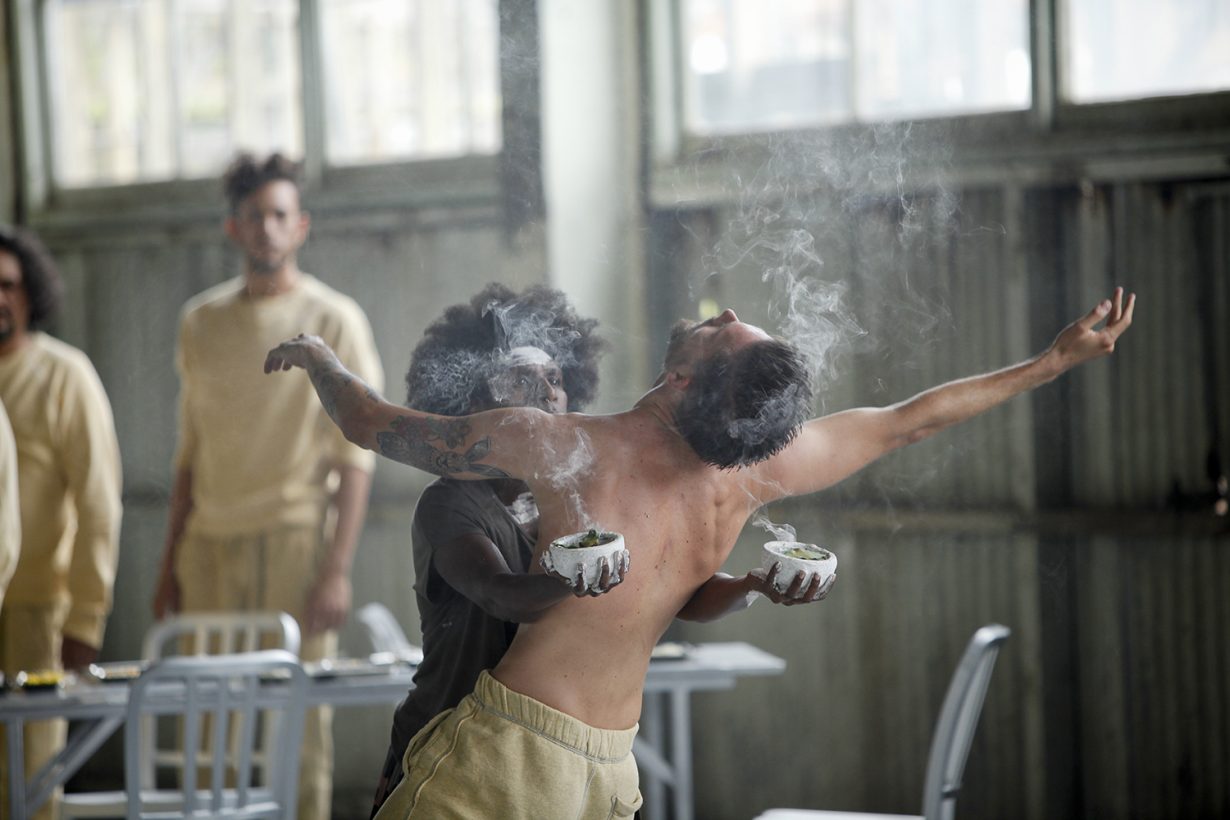
Homeland: Films by Australian First Nations directors
Barbican Cinema, London, 2–23 February
This new curated season screening at the Barbican’s cinema features an eclectic selection of films by Indigenous Australian film directors spanning the last two decades, that speak to the diversity and sheer originality of the scene. The selection casts far and wide across genres, drawing on history and mythology, from Rachel Perkins’s 1998 Radiance, portraying the relationship between three sisters, reluctantly reunited after the death of their mother, and The Drover’s Wife (2021), a feminist ‘revenge western’ directed by and starring Leah Purcell, to We Don’t Need a Map (2017), a documentary by Warwick Thornton (who directed, among others, the critically-acclaimed drama Samson and Delilah, 2009) on the Southern Cross constellation, an important symbol for Indigenous Australian people that has over the past century been appropriated by various movements, including racist nationalists. Other remarkable – if uncategorisable – highlights include beDevil (1993), Tracey Moffat’s first – and only – feature film (and the first to be directed by an Aboriginal woman) that functions as a haunting triptych of ghost stories rendered by the artist in a striking, supernatural style, and an epic retelling of episodes from Indigenous Australian history through dance and music by Bangarra Dance Theatre director Stephen Page (Spear, 2015). Louise Darblay
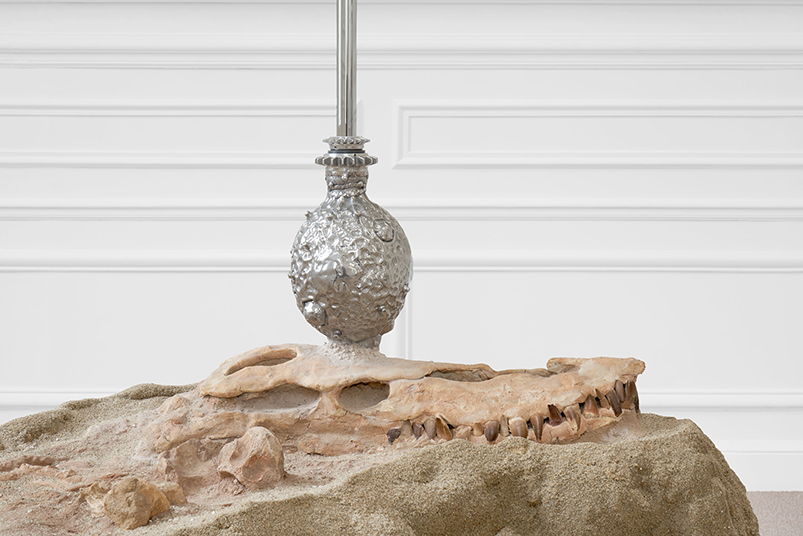
Max Hooper Schneider: Keep On Rotting in The Free World
MO.CO., Montpellier, 12 February – 24 April
Max Hooper Schneider’s sculptures and installations read like dioramas of a posthuman future. It’s not all doom-and-gloom though, for if what is left of humans are the decaying remnants of our consumer society, other life-forms – mollusks, insects, plants, bacteria, etc – persist. Both unsettling and mesmerising, these futuristic experimental ecosystems take the form of self-contained gardens or aquariums, the contents of which seem to be informed by the artist’s background in marine biology. For his first institutional solo in Europe at Montpellier’s contemporary art museum – titled after a death metal song – the American is presenting a selection of his recent projects plus a series of new works developed during his residency involving the collaboration of scientists, artists and artisans; a tentative warding off, perhaps, of our inevitable demise. Louise Darblay
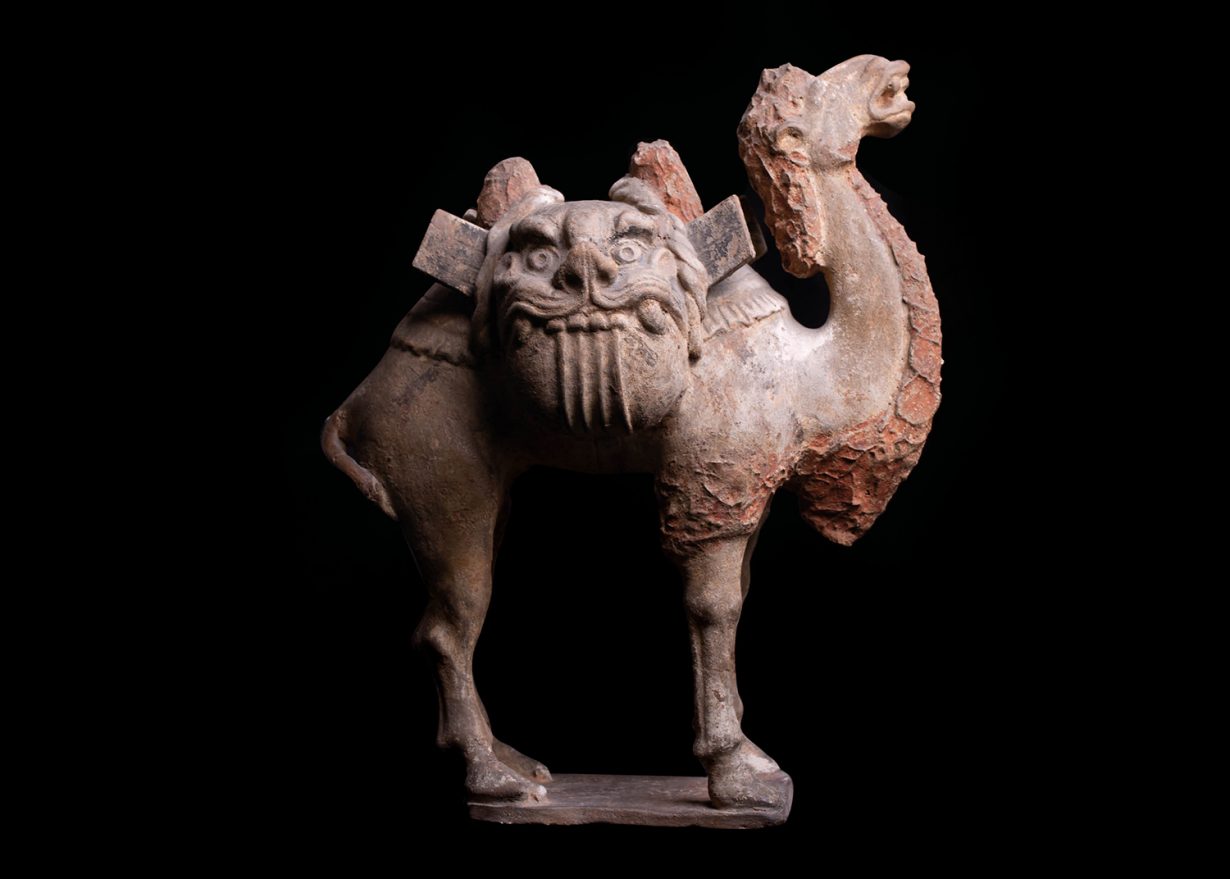
Freud and China
Freud Museum London, 12 February – 26 June
The art historian Craig Clunas curates a show that explores Sigmund Freud’s relationship – material and intellectual – with China. The exhibition at London’s Freud Museum pivots around Freud’s collection of antiquities (smuggled out of Vienna when threatened by Nazi confiscation) – from a screen of pierced jade and wood to a lacquered figurine of a Daoist sage – and the ways in which his (mis)understanding of the Chinese language and the culture of ‘the Orient’ (despite never actually travelling to China) impacted his writings on the interpretation of dreams. In turn, Freud and China also explores the history and impact of psychoanalysis in Chinese art and culture. En Liang Khong
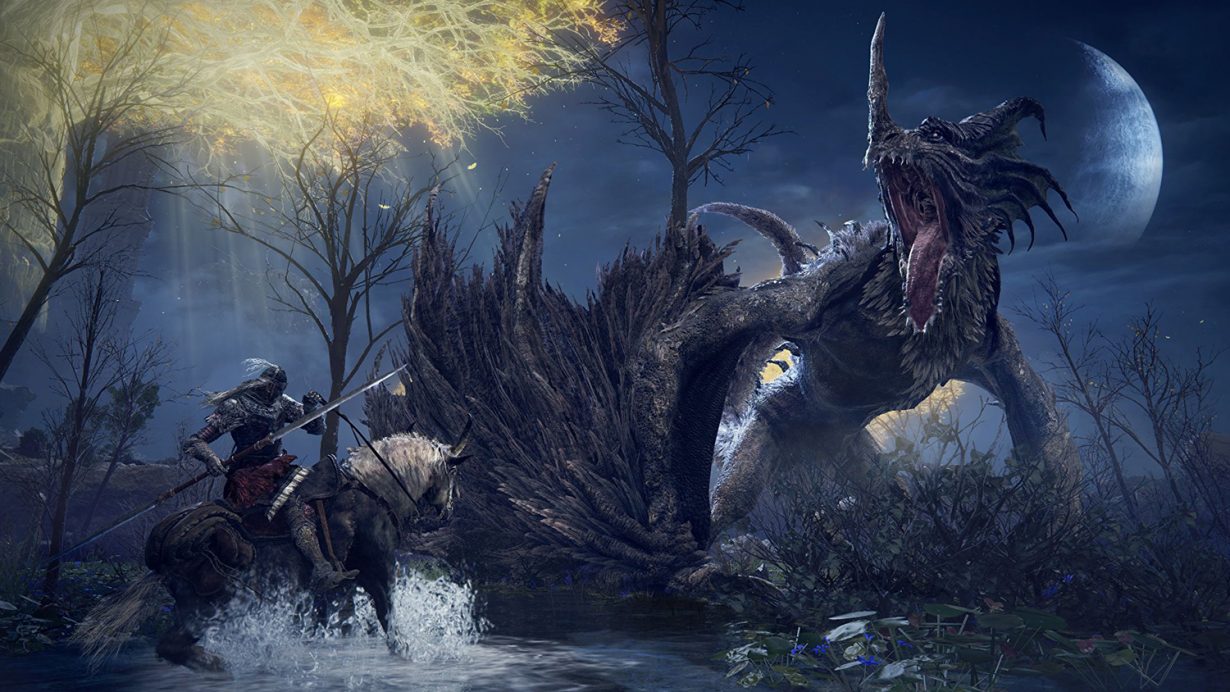
Hidetaka Miyazaki and George R.R. Martin, Elden Ring
Bandai Namco Entertainment, released 25 February 2022
The lovechild of director Hidetaka Miyazaki (creator of the famed – and fiendishly difficult – Dark Souls and Bloodborne games) and the novelist George R.R. Martin, Elden Ring promises all the grand themes of a Wagnerian fantasy. Leaked footage offers a glimpse at cursed jewellery, ravaged lands, and dilapidated fortresses bathing in the light of a giant glowing tree – set across a vast open-world map. Say no to that gallery dinner, fire up the Playstation, and hunker down for what promises to be a demonic sword-and-sorcery epic. En Liang Khong